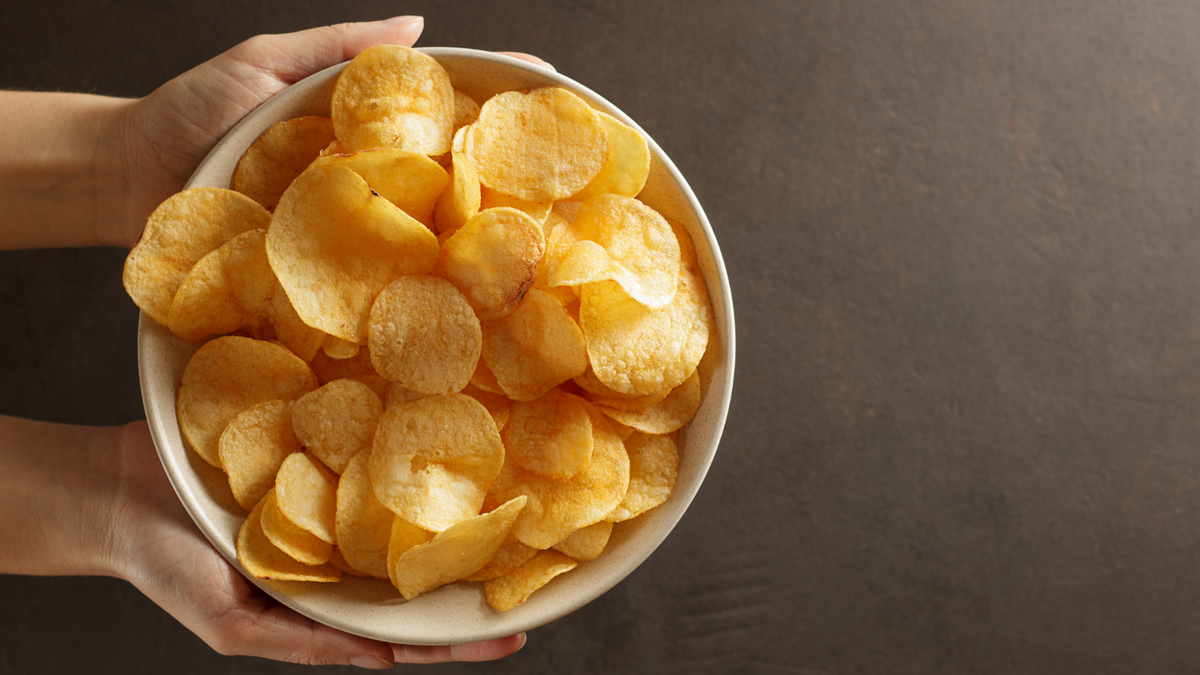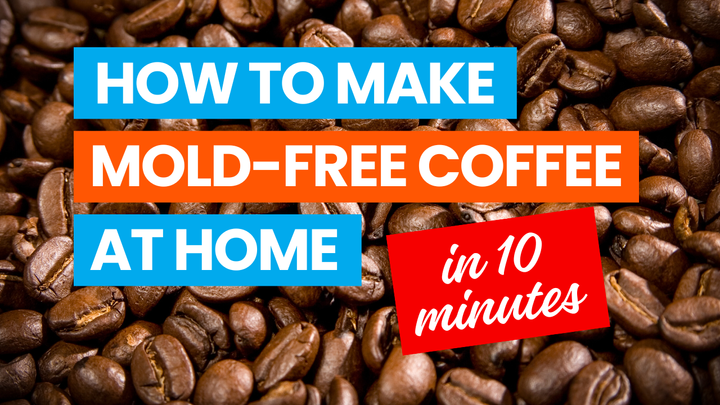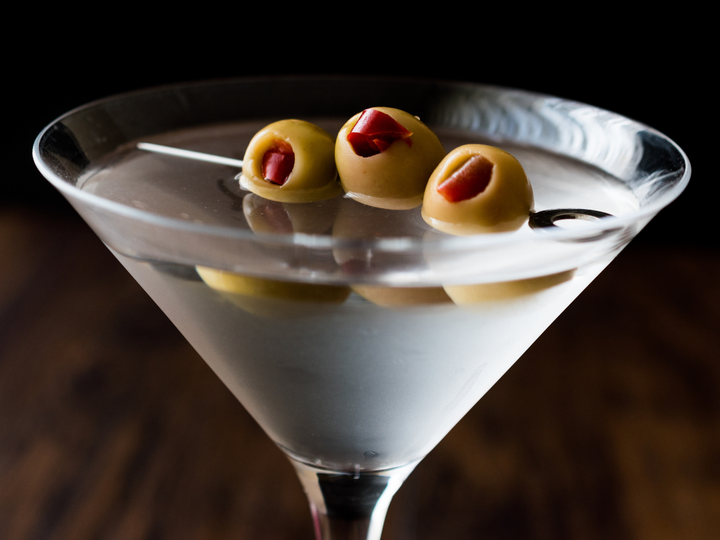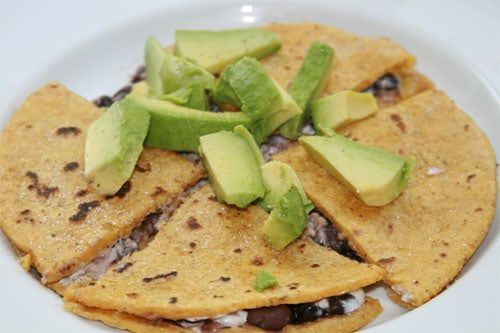Homemade Potato Chips
Did you know that potato chips can be a healthy snack or side dish? When fried in grass-fed beef tallow or lard from pastured pigs, potato chips are a great source of fat-soluble vitamins.

Did you know that potato chips can be a healthy snack or side dish? When fried in grass-fed beef tallow or lard from pastured pigs, potato chips are a great source of fat-soluble vitamins.
Pastured lard is the second best source of vitamin D, right after cod liver oil.
People have been cooking with these oils for thousands of years, back when heart disease and cancer were rare.
Health Benefits of Saturated Fat
These potato chips are also a great source of saturated fat. Yes, I said saturated fat.
There are many benefits of saturated fat, including:
- Saturated fatty acids constitute at least 50% of the cell membranes. They are what gives our cells necessary stiffness and integrity.
- They play a vital role in the health of our bones. For calcium to be effectively incorporated into the skeletal structure, at least 50% of the dietary fats should be saturated.
- They lower Lp(a), a substance in the blood that indicates proneness to heart disease. They protect the liver from alcohol and other toxins, such as Tylenol.
- They enhance the immune system.
- They are needed for the proper utilization of essential fatty acids.
- Elongated omega-3 fatty acids are better retained in the tissues when the diet is rich in saturated fats.
- Saturated 18-carbon stearic acid and 16-carbon palmitic acid are the preferred foods for the heart, which is why the fat around the heart muscle is highly saturated. The heart draws on this reserve of fat in times of stress.
- Short- and medium-chain saturated fatty acids have important antimicrobial properties. They protect us against harmful microorganisms in the digestive tract.
Unfortunately, these days, store-bought potato chips are fried in highly processed, refined, rancid, deodorized vegetable oils. Even if the bag of chips says they use sunflower oil instead of soybean oil, that’s still bad for you. Sunflower oil goes rancid very easily and should not be heated to high temperatures. With the amount of rancid oils we eat today, it is no wonder heart disease is the number one killer, with cancer following close behind.
Tallow and lard really are the perfect fats for deep frying, since they are extremely heat stable. Coconut oil is also very heat stable, although it’s smoke point is not quite as high. If you use coconut oil for this recipe, you can’t heat the oil quite as hot, and your chips will not be quite as crispy. They’ll still be delicious though, and coconut oil is so good for you.
Ingredients
Potatoes, russet, organic, large (4)
Grass-fed tallow or lard, or refined, expeller-pressed refined coconut oil (1/4-1/2 cup)
Sea salt
Equipment
Candy/frying thermometer
Clean kitchen towels or paper towels
Optional: Mandoline
Directions
1. Scrub potatoes clean, or peel if desired.
2. Using a very sharp knife, or a mandoline, slice the potatoes as thinly as desired, but evenly. Thick-cut homemade potato chips are fabulous, so don’t too too obsessed with thinness. The potato chips need to cook evenly, so evenness is the key here.
3. Rinse the potato slices and soak them in cold filtered water for at least half an hour, or up to 8 hours in the fridge.
4. Drain the potato slices and dry them thoroughly with a clean kitchen towel or layers of paper towels.
5. In a large heavy pan, or pot (I prefer to use a pot – the high sides keep the oil from splattering), heat about 1/2-inch of lard, tallow, or refined expeller-pressed coconut oil. If using coconut oil, you can go up to 355 degrees. If using lard or tallow, take it up to 375 degrees.
If you don’t have a candy/fryer thermometer, don’t worry. Just drop a dried slice of potato in the coconut oil; if it sizzles immediately, but gently, the oil is the right temperature.
6. Add a single layer of potato slices to the hot coconut oil. Fry until golden brown on both sides, about 3 minutes per batch.
7. Use a slotted spoon or tongs to transfer the potato chips to a layer of paper towels or a cooling rack set over a baking sheet to drain. Sprinkle with sea salt or other seasonings, if desired, and let cool completely before eating (they crisp up as they sit)
8. Repeat frying in batches until all potatoes are cooked.



Comments ()